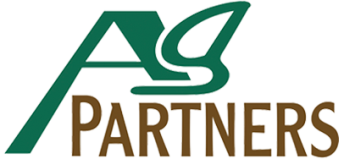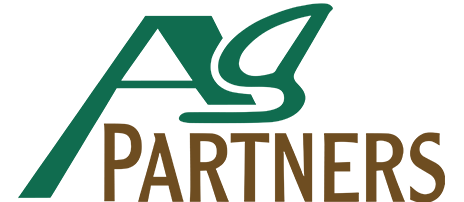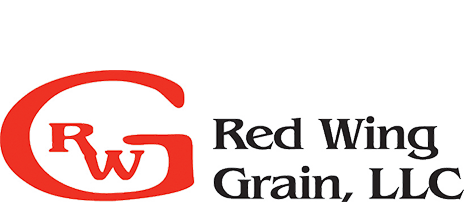Summer has ended and kids are going back to school. The stress of a new beginning has passed now that kids have made new friends and routines are set. Calves go through a similar situation during the weaning period. Several stress factors may occur when weaning calves. It is important to understand the amount of stress that your calves are under whether you are weaning calves, getting them ready for the feedlot or purchasing calves to raise. Being able to identify the differences between low-risk and high-risk calves and what options are available to minimize the amount of stress on these calves will benefit both you and the calves in the long run.
When talking about health protocols, it can be beneficial to talk to your local veterinarian about customizing a program that will coincide with the type of calves that you are bringing in. Two main points to discuss would include both nutrition and health protocols. Identify your target intakes and consider both injectable and feed-grade antibiotic treatments. When calves arrive on your farm, you will want to make sure they have plenty of clean water, that feed inventory is fresh and calves have access to good palatable hay. The calf pen should be clean and well bedded. Make sure that the fence is in working order and free from any potential injury to the calves. Injury can cause calves to go off feed, potentially causing the injured calf to fall behind in growth amongst their pen-mates.
It is possible that feed intakes of newly weaned calves will be low the first few days. It is recommended that receiving diets should be about 14.5% crude protein, 40% moisture or less, and 35-65% roughage in the diet. When considering the inclusion of by-products in the ration, they should be introduced slowly over time as calves get more acclimated to coming to the bunk. When providing free choice hay, after 12-24 hours you should start top dressing a feed ration at 0.5%-1.0% of body weight. Over time you can increase the intakes of the calves up to 1.7-2% of body weight.
Reading the bunk every day is key to determine intakes for each group of calves. It is ok if calves clean up their bunk and come to the bunk hungry, but you don’t want them to go hungry for too long. By staying on the same amount of feed for 2-3 days, the calves will be allowed to consume what is put in front of them and be comfortable. When the calves are cleaning the bunk again, you may increase the amount of feed per day a little more.
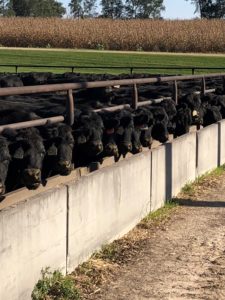
When looking at a starter program, there are some key nutritional ingredients to pay attention to. Examples of these would be trace minerals from chelated sources and the inclusion of highly palatable additives. Depending on the type of calves, we can recommend supplementing through tubs, free choice minerals or liquids that have all the extra nutrients to help receiving calves or weaned calves get off to successful start at the feed bunk.
These are just some important aspects to consider when weaning calves to get them off to a good start at the feedlot. Keeping them healthy and comfortable are the best ways to reduce stress during weaning.
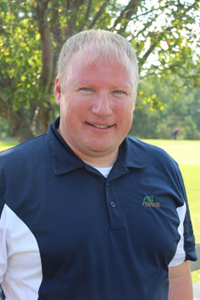
by: Carl Sackreiter
